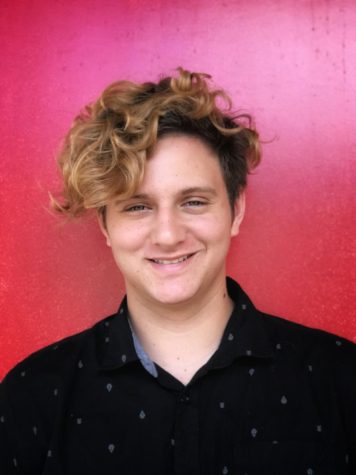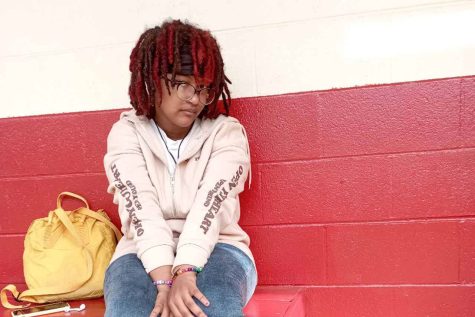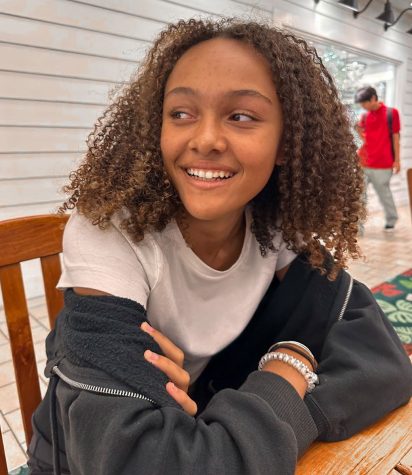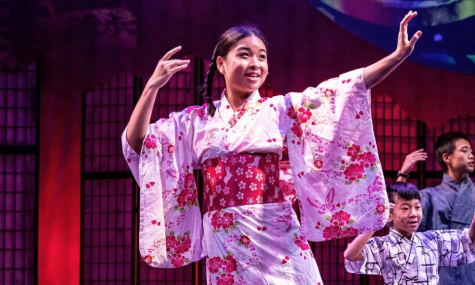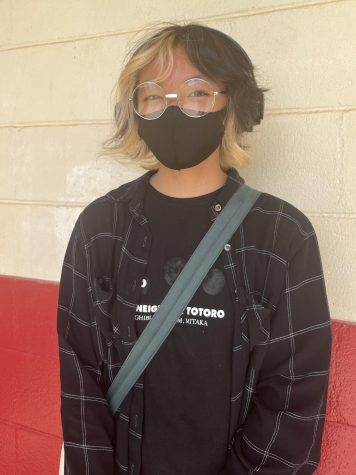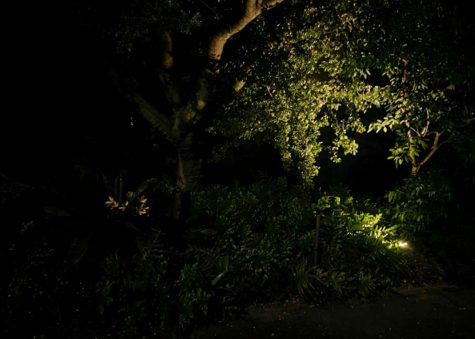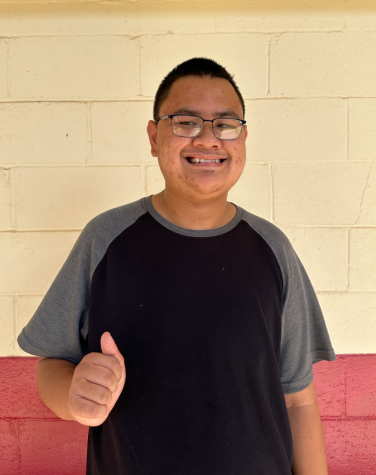CGI & the Ethics of Immortality
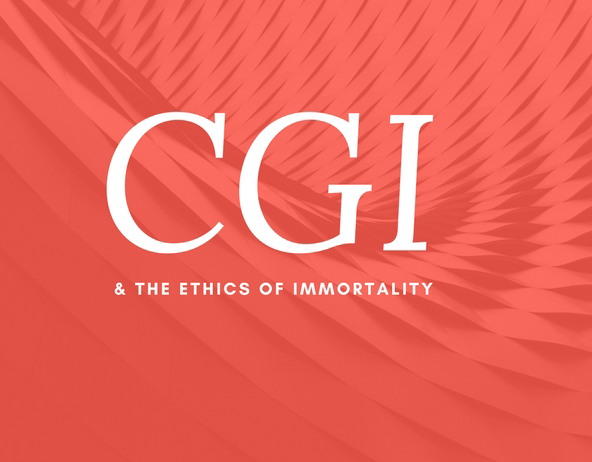
A long time ago, in an editing studio far far away, Star Wars was breaking movie records all over the country.
The special effects were unlike anything moviegoers had seen.
Fast forward 30 years and it’s hard to tell where reality ends and special effects begin.
The magic wand that creates these fantastical worlds is computer generated images (CGI).
Rogue One is the latest installment of the Star Wars saga.
This blockbuster, released last Christmas, showed movie lovers the power of today’s CGI capabilities.
With the advancement of technology, the entertainment industry has the ability to give its characters immortality. For example, Peter Cushing, who passed away in 1994, was brought back to life as General Tarkin for Rogue One.
His return received mixed reviews. Some found it revolting to use his likeness but others thought it was awesome. And some didn’t even know his character was CGI’ed!
But the flip side is true for Carrie Fisher: Disney has confirmed they do not plan to use CGI to continue with Princess Leia’s character after Fisher’s untimely death at the end of 2016.
Grace McGregor, a Kalani student who saw Rogue One in the theaters, does not think that bringing dead actors back to life creates an ethical dilemma.
“I think that it’s pretty cool because through the CGI they can take dead actors who played iconic characters and continue to use them,” she said.
Many others disagree.
“I don’t think they should bring dead actors back because one, it makes the actors look cartoony and like rubbery and two, we shouldn’t violate dead people. They died. Let them rest,” Kalani student Nainoa Nogawa said.
Personally, I’m on the side of bringing actors who have passed away back to life using CGI.
I farmed the question out to a professional, Harry Yoon, the VFX editor for Zero Dark Thirty and The Revenant and co-editor of Kathryn Bigelow’s latest film Detroit. Here’s what he had to say.
What type of VFX do you do?
Harry Yoon: Presently, I focus more on editing than VFX-related work but I worked as a VFX Editor on the films Zero Dark Thirty and The Revenant. VFX Editing is more organizational and creative. The primary job of a VFX Editor is to be the conduit for information and shots between Feature Editorial (the hub of creative decisions during post-production) and all the VFX Vendors on a feature (the companies that actually make the VFX shots).
What made you want to get into that line of work?
HY: VFX Editing is a specific off-shoot of Assistant Editing. There are many jobs you can do to better understand the overall editing process on scripted feature films or TV series. I wanted to try many of them on my way to becoming an Editor full-time.
How long ago did you start?
HY: I started my career in post-production on films in 2002, so about 15 years.
What type of VFX do you do?
HY: Presently, I focus more on editing than VFX-related work but I worked as a VFX Editor on the films Zero Dark Thirty and The Revenant. VFX Editing is more organizational and creative. The primary job of a VFX Editor is to be the conduit for information and shots between Feature Editorial (the hub of creative decisions during post-production) and all the VFX Vendors on a feature (the companies that actually make the VFX shots).
What made you want to get into that line of work?
HY: VFX Editing is a specific off-shoot of Assistant Editing. There are many jobs you can do to better understand the overall editing process on scripted feature films or TV series. I wanted to try many of them on my way to becoming an Editor full-time.
How long ago did you start?
HY: I started my career in post-production on films in 2002, so about 15 years.
What software was around?
HY: The tools I primarily used when I started out editing were Final Cut Pro and Avid Media Composer. We also used Adobe After Effects for basic compositing.
What do you work on more, movies or tv shows?
HY: Presently, more movies.
What do you think about bringing dead actors back to life with CGI?
HY: Personally, I think it should only be done in the most extreme circumstances. For example, if an actor dies while you are shooting a movie. Beyond the ethical considerations, I still find the “performances” by CG characters to be less than human. I think I keep feeling the sense of the “uncanny valley” that researchers talk about.
Have you ever been asked to use CGI on an actor who has died and what was your response?
HY: Nope. But we use CGI actors all the time when a stunt is too dangerous or logistically difficult to perform. For example, on the Revenant, we used a CGI version of Leo for the shot where his horse jumps down from a cliff.
What has been the most challenging VFX you worked on from a technical standpoint?
HY: I think the Revenant, as a whole was pretty challenging. We used a wide array of techniques – CGI, compositing, editorial manipulation – to try to achieve the most “natural” and “organic” look possible. The naked eye is very sophisticated and I think it’s challenging to make something look photo real when you don’t have the ability to establish a stylized reality like in science fiction or fantasy.
And from an ethical standpoint?
HY: I don’t think my ethics have been challenged too much in my job. I think the more difficult ethical decisions are faced by people higher on the food chain than editors. For example, I think most of the decisions to “bring back” CGI versions of actors are made by producers and directors because they are most directly responsible to balance the creative, budgetary and marketing aspects of a film.
POLL: What do you think?

